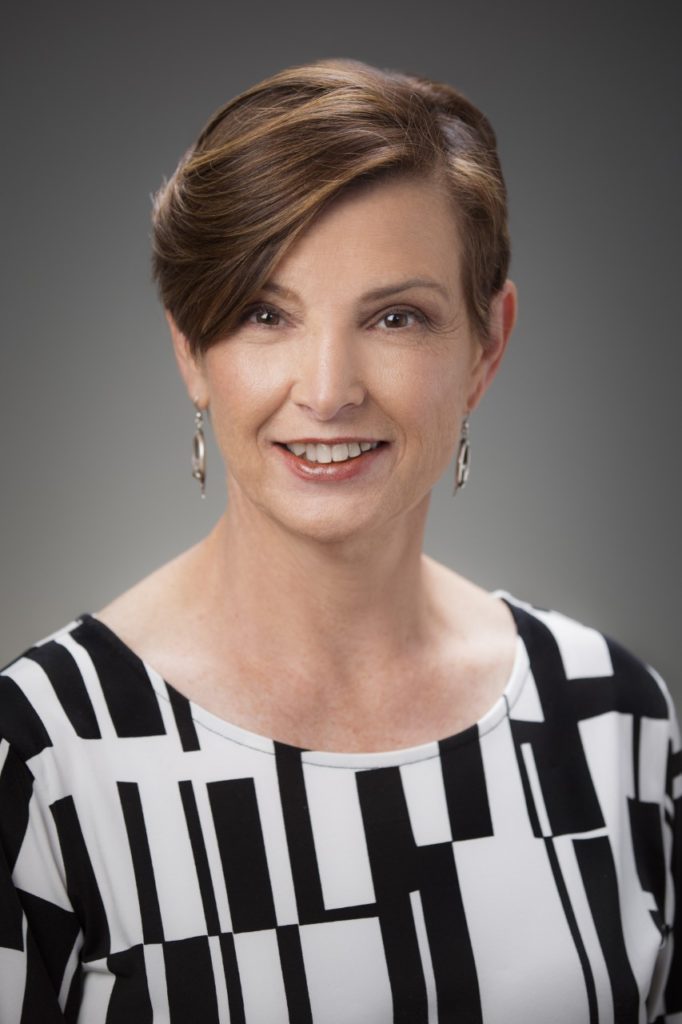Pass on family stories

Melissa Martin, Ph.D

Pass on the family stories
“When families are invited to share their stories, folktales, and culture, there are a number of benefits for children, families, and schools: Encouraging students to talk with family members about their cultural heritage shows respect and interest in students’ diverse cultures, making students and families feel more connected to the school. Families are offered authentic, academically oriented ways of being involved in the school without themselves needing to be highly proficient in English or numerous academic subjects.” www.readingrockets.org/.
Every family has a book full of stories. Account of births and deaths—and the colorful happenings in-between. Each generation is unique. Tales are photographs made up of word pictures. Of course, some yarns are embellished or exaggerated. And some stories are full of laughter while others are full of tears. We reach back into our memories and relive the times of the past. Family history is embossed in our DNA.
Recently, my aunt Judy told me a story about the time Lydia, my grandmother, square danced for Rosalynn Carter. I guess the Carters visited Portsmouth, Ohio, during their campaign for the presidency. Lydia bowed and kissed the hand of Rosalynn after the dance ended—and the lady from Georgia bestowed a glowing compliment upon the pioneer woman from Appalachia.
And who can forget our witty and wacky relative, “Uncle Beanie.” He bought, sold, and traded antiques in Scioto County and beyond. As a kid, I was mesmerized by his house full of goodies. It looked like a store of treasures. And that man could play a tune on the piano! Without taking any piano lessons, he learned to tickle the ivories by ear. His sister, Joyce lived next door. She wore red lipstick and sparkly jewelry. My cousin Kim and I adored Joyce and thought she must have been a former movie star.
My grandmother Hila was the queen of the garden. She plowed, planted, and produced veggies fit for royalty. Her fingers picked, snapped, and cooked the best green beans in southern Ohio. Snuggling under my grandmother’s homemade quilts on a cold winter’s night and examining the different pieces of fabric in the warm daylight are fond memories of yesteryear. Patchwork quilts lay at the foot of every bed. She used remnants and scraps of fabric from old clothes and sheets for quilt pieces. Every homemade quilt told a story. Instead of ink and words, the fabric’s color, texture, quality, pattern, style, and stitching give an account of why, what, where, when, and how. Hila hailed from the backwoods of Kentucky.
In her book, “Appalachian Elegy” (University Press of Kentucky, 2012), bell hooks wrote of life’s harsh realities in a collection of poems inspired by her childhood in the isolated hills and hidden hollows of Kentucky. History lives on when our words are written in a book.
Storytelling in Appalachia is as old as the mountains. Rural folks gathered together around wood stoves, front porches, hunting campfires, church steps, garden fences, barn dances, quilting circles, general stores, and anywhere country people congregated to hear stories. Spoken stories served the purpose of informing, entertaining, educating, sharing, and passing down beliefs, values, and ideas.
“Family stories are tales about people, places, and events related to the members of our immediate family or their ancestors. Family stories casually chatted about at the dinner table, or regaled again and again at family gatherings can parallel great epics or notable short stories. The memorable stories of our lives and of others in our family take on special importance because they are true, even if everyone tells different versions of the same event. These tales are family heirlooms held in the heart not the hand. They are a gift to each generation that preserves them by remembering them and passing them on.” www.storyarts.org/.
Melissa Martin, Ph.D., is an author, columnist, educator, and therapist. She lives in Southern Ohio.









